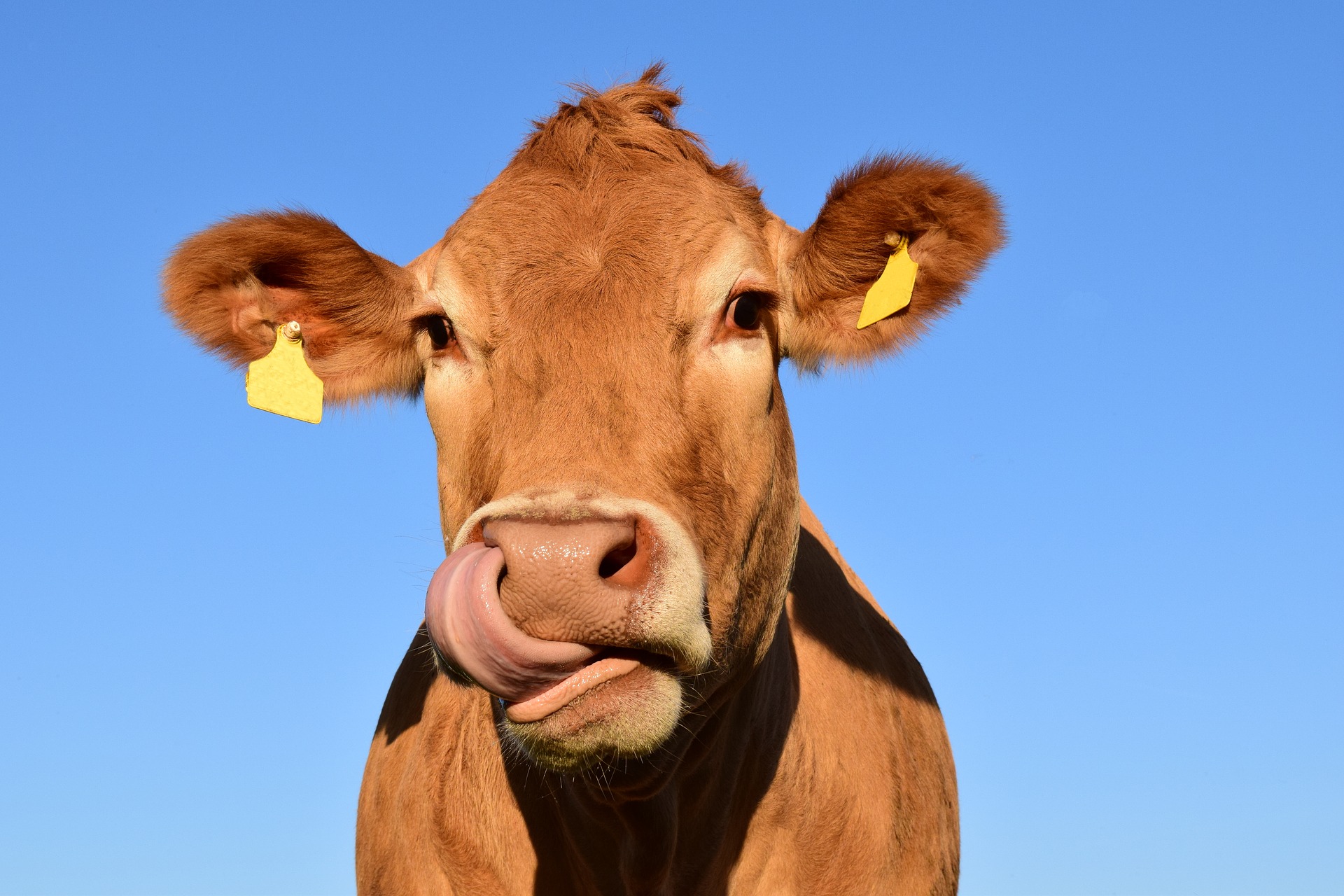A report released by U.S Food and Drug Administration on Thursday, says romaine lettuce that came from California was likely to be contaminated from cattle that graze near the area it is farmed. 188 people who consumed lettuce were sickened with E.coli illness.
The bacteria is usually present in cow feces besides other sources but cow feces, however, are specifically thought to have been a leading contributing factor for the three reported outbreaks that have been linked back to the Salinas Valley fields, a report confirms.
16 states in the U.S and Canada suffered from the E.coli bacterial illness during the outbreaks that happened last year in November and December. In the cases affected by the outbreaks, there were no deaths to have been reported.
The ranches and fields to which the outbreaks are linked fall under the keep of the same person who grows them, these areas were seen to be located sloping below the land where cattle grazing takes place, investigations concluded. That meant for the contaminations to take place there could have been a few different ways through which it could have happened
Health authorities explain, E.coli infections usually cause symptoms of the sickness to surface after two at least and 8 days at max but before the minimum 2 days there is no serious sickness that occurs.
Abdominal cramps and diarrhea are common symptoms in most people due to the illness but it is not the only experience as some special cases however do report that possible kidney failure, seizures, and possible deaths can very well occur from contracting the E.coli bacteria.
Among the routes of spread for the E.coli illness are routes such as the spread of bacteria as water, soil, and waste from animals both domestic and wild as a medium. These routes later come in contact with humans possibly through food. Other sources include spread through fertilizer and or agricultural products.
The route of pollution of these three outbreaks that happened in 2019 however couldn’t precisely be pinpointed by the FDA. They could only announce possible routes such as water that might have run down from grazing areas, bacteria-infected material blown by the wind, or by vehicles and animals that tracked it to the fields.
The report’s summary included water from agriculture sources as a possible route of contamination. The water from these sources is used by farmers to grow romaine lettuce, which is speculated to have probably contaminated the vegetable and spread the bacteria further to humans.
In 2018 another outbreak had killed five sufferers and further sickened at least 200 people was investigated and found to have occurred because the local irrigation water that was situated near a lot of cattle had been contaminated.
FDA confirmed that the U.S outbreaks of E.coli bacteria from the year 2009 to 2018 had been 40 in number and were spread into the population through food, making it a food-borne bacterial illness; they were also suspected to have links to green leafy vegetables.
After the outbreaks that happened in 2018 several preventative measures were put in places, such as making larger buffer zones with growing livestock and growing fields on either side. This March FDA made sure to issue plans that included recommendations aimed to reduce risks of contamination. Besides including more buffer zones to separate growing zones from livestock grazing zones, barriers like berms and ditches were also included.
FDA with the U.S. Centers for Disease Control and Prevention, agencies in several states and Canadian health and food inspection agencies performed these investigations to find the cause and solutions for the bacterial outbreak.


